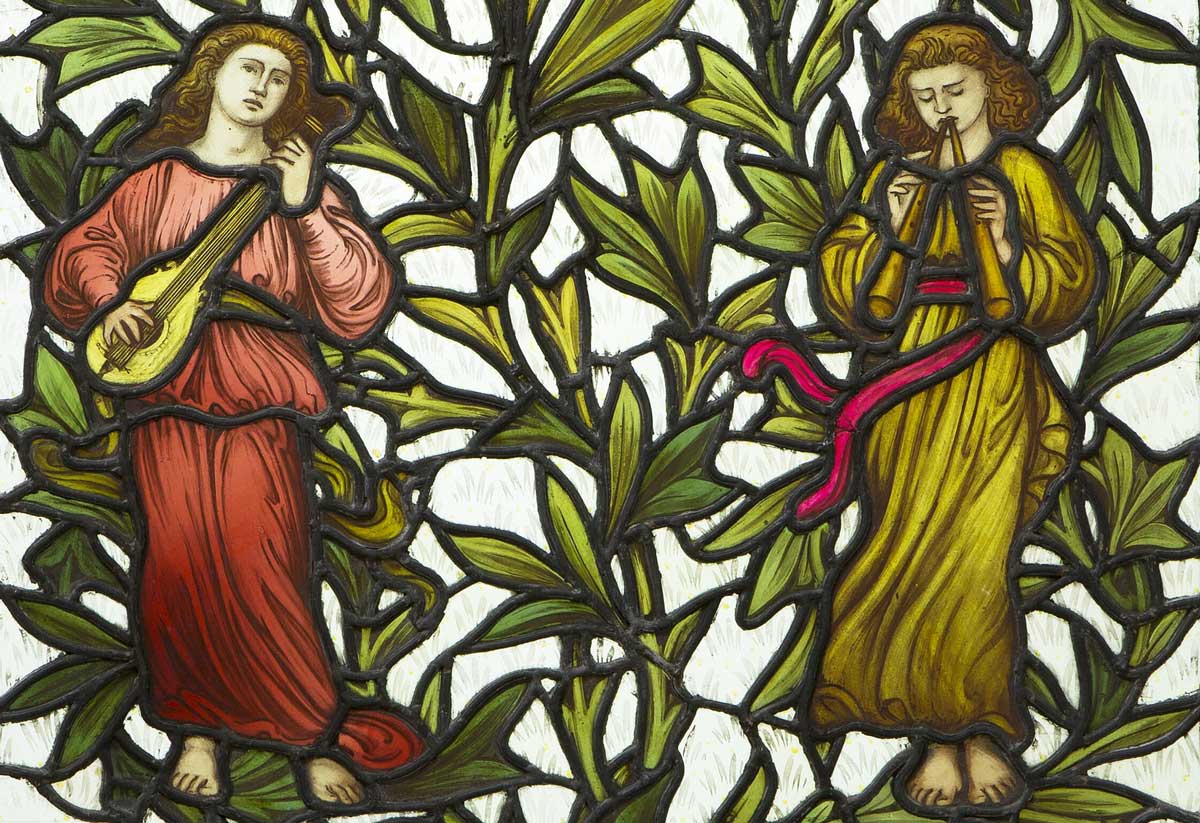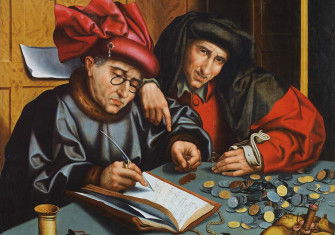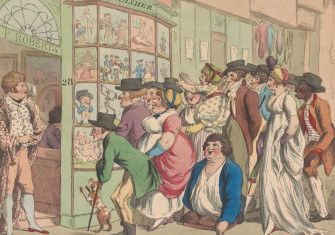When Did the Medieval Period End?
As conventional wisdom has it, Europe began to see the light at the end of a dark age sometime around 1500. Four experts try to date the birth of modernity.

‘Humanist scholars certainly thought themselves to be living in a new age’
Bridget Heal, Professor of Early Modern History at the University of St Andrews







